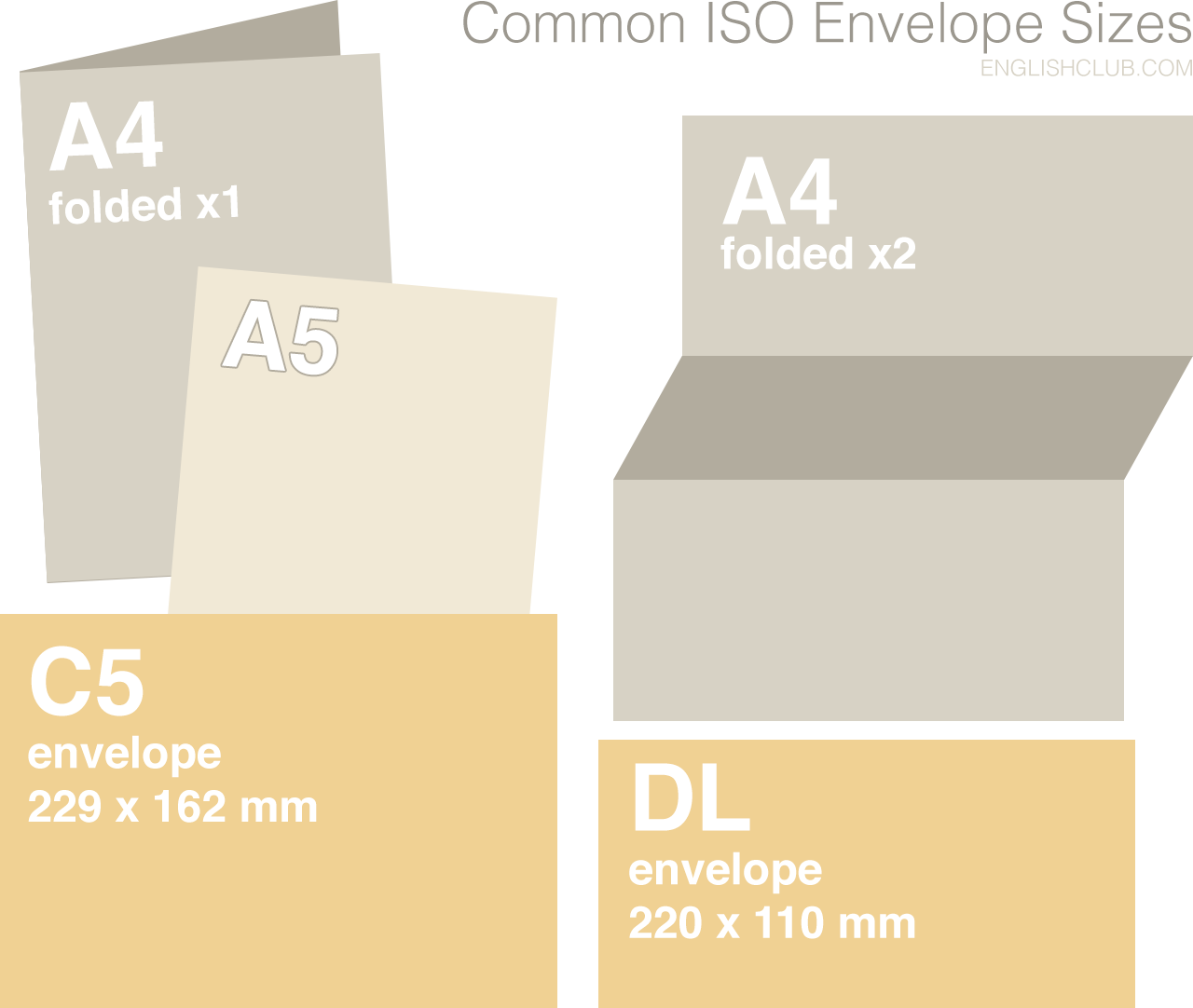When it comes to paper sizes, the A4 size is one that is commonly used and recognized around the world. Measuring 8.27 inches by 11.69 inches, A4 is the standard size for most documents, including letters, resumes, and flyers. But have you ever wondered why this particular size was chosen? Or what are the actual dimensions of A4 inches? In this article, we will delve into everything you need to know about A4 inches and its dimensions.
A Brief History of Paper Sizes

Before we dive into the specifics of A4 inches, let’s take a quick look at how paper sizes came to be. The standardization of paper sizes can be traced back to the 19th century when paper production became more industrialized. Different countries had different paper sizes, making it difficult to trade or exchange documents internationally.
In 1922, the International Organization for Standardization (ISO) was established to create a uniform set of standards for various products, including paper sizes. And in 1975, the ISO officially adopted the metric-based A series of paper sizes, with A4 being the most widely used.
The Dimensions of A4 Inches

As mentioned earlier, the dimensions of A4 inches are 8.27 inches by 11.69 inches, or 210 mm by 297 mm for those who prefer metric measurements. This makes A4 slightly taller and narrower than the standard US letter size, which measures 8.5 inches by 11 inches.
The aspect ratio of A4 inches is 1:√2, meaning that if you fold the paper in half along its shorter side, you will get two sheets with the same proportions as the original. This makes A4 the perfect size for printing and copying, as it allows for easy scaling between different paper sizes.
The Metric Measurement Advantage
While many countries, including the US, still use imperial measurements, the rest of the world has adopted the metric system. This poses a challenge when it comes to paper sizes since A4 is based on the metric system. However, this also presents an advantage. Since A4 inches are based on a standard scale, they can be easily converted into other paper sizes.
For instance, A3 size is twice the size of A4, while A5 is half the size of A4. This makes it easy to scale up or down when printing or copying documents. The standardized dimensions of A4 inches have made it a universal size for various documents, making it easier to communicate globally.
The Variations of A4 Inches
While A4 inches have a standard set of dimensions, there are variations in how they are measured and used in different parts of the world. For instance, the US and Canada use the Letter size, which is slightly larger than A4. In Japan, there is a JIS B series, which also includes a variation of A4 with slightly different dimensions.
Furthermore, not all printers and copiers have the same margins, which may lead to slight variations in the final printed document. It is important to keep these differences in mind when dealing with international documents to ensure that all the information fits within the designated space.
Common Uses for A4 Inches

As mentioned earlier, A4 inches are the standard size for most documents, making them versatile and widely used. Here are some common uses for A4 inches:
- Letters: Whether personal or business-related, letters are typically written on A4 size paper.
- Resumes: Job seekers often use A4 size paper to print out their resumes for a professional look.
- Flyers and Brochures: Most flyers and brochures are designed to fit onto A4 size paper, making them easy to distribute.
- Reports and Proposals: A4 size paper is often used to print out reports and proposals in a professional setting.
- School Assignments: Students are usually required to submit their assignments on A4 size paper.
- Maps: A4 size paper is also used for printing maps due to its easy scaling capabilities.
Advantages of A4 Inches
The standardization of A4 inches brings many advantages, some of which include:
- Easy scaling: As mentioned earlier, A4 inches make it easy to scale up or down when printing or copying documents.
- Standardized equipment: Most printers, copiers, and scanners are designed to accommodate A4 size paper, making it easier to use in any office setting.
- Cost-effective: Due to its standardized dimensions, A4 size paper is widely available and relatively affordable compared to other sizes.
- Global recognition: A4 size paper is recognized and accepted around the world, making it ideal for international communication and document exchange.
Frequently Asked Questions

1. Why is A4 the most commonly used paper size?
A4 size has become the most commonly used paper size around the world due to its versatility, standardized dimensions, and ease of scaling.
2. How does A4 size compare to US letter size?
A4 size measures 210 mm by 297 mm, while US letter size measures 8.5 inches by 11 inches. This makes A4 slightly taller and narrower than US letter size.
3. Can I print an A4 document on US letter size paper?
Yes, you can print an A4 document on US letter size paper. However, there may be slight variations in margins, so it is best to check before printing.
4. What is the difference between A4 and A5 size?
A4 size is twice the size of A5. In other words, A4 can fit two A5 sheets when folded in half.
5. Is A4 size the same as legal size?
No, A4 size is not the same as legal size. Legal size measures 8.5 inches by 14 inches, making it slightly longer than A4.
Conclusion

A4 inches may seem like just another paper size, but its standardized dimensions and recognition around the world make it a crucial part of document production and communication. From letters to resumes to maps, A4 inches are used in various applications, making it a versatile and essential size for many industries. Understanding the dimensions and uses of A4 inches can help you create professional and efficient documents that meet international standards.